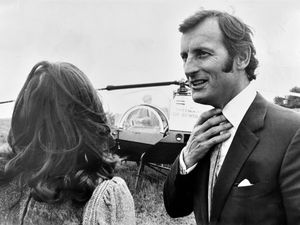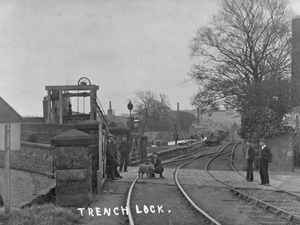High flying dreams of intrepid young adventurers
They were Wellington's magnificent lads with a flying dream – although when it came to their flying machine, that proved not quite so magnificent.
Shortly before the Great War a group of enterprising teenagers from the town moved from building flying models to constructing a full-sized glider.
In 2014 we carried a picture showing a monoplane glider they built with one of the teenage adventurers, almost certainly Jack Kitson, in the cockpit, with an unidentified companion standing by the fuselage.
The photo was brought in by Jack's nephew, Ray Lewis of Wellington, and had come originally from his Aunt Bessie, who was Jack's sister. The glider was flown from Hangar Hill, a steep hill up Steeraway Lane and by the Short Woods in the shadow of The Wrekin.
And now we can at last identify the second lad on the picture, thanks to a woman from Gloucester who came across our story online recently while doing some family history research on her grandfather.
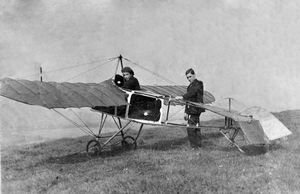
Annie Friston tells us: "That other man is my grandfather Mr Ivor Jones, who built the plane with Mr Kitson in 1915.
"They were great pals and both wanted to enlist with the Royal Flying Corps. They hoped to get an engine for the plane – everything was donated by others to build it – but unfortunately it didn’t happen. However the plane was pulled against the wind by some method and it flew for 300 yards at eight feet above the ground."
Annie has a line drawing done by Ivor depicting what seems plainly to be the same machine, albeit with some artistic licence as it is shown with an engine.
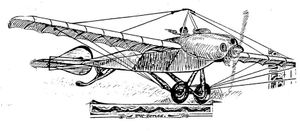
Possibly prudently, Ivor appears to have left the actual flying of the glider to Jack and others, as Annie adds: "He never mentioned flying in the glider and I imagine he would only have been around 13 years old at the time.
"He did describe the glider as being 'too heavy with a marked tendency to break bones!'.
"I am currently typing up his story which he penned some time before his death, so I have much information about him. He did in fact join the RFC, albeit for a year before being demobbed. He was a fitter on the aircraft as well as guard duties and so on at Farnborough.
"He was an engineer all his life and worked as manager at the Wellworthy’s Factory in Lymington which manufactured piston rings including, in the Second World War, for aircraft engines.
"He also raced motorbikes and worked with the motorcyclist Alec Bennett as a mechanic for a time.
"He was born 1899 and died in 1995, his young life being spent in and around Shropshire, with lots of family moves due to work for his father. He was living on a farm nearby Wellington, I don’t know the name though.
"His later life was in Lymington and the New Forest, Hampshire.
"As well as being an engineer he was quite creative. In fact my mother, his daughter, became an artist."
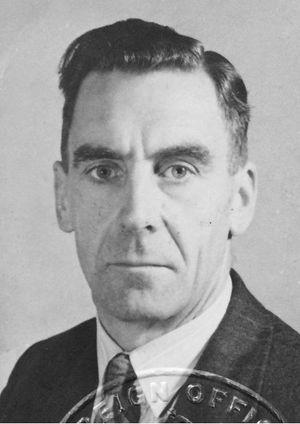
The exploits of the youngsters were featured in an article in the Wellington Journal & Shrewsbury News of April 25, 1914, which carried a picture of them with a different glider, a biplane.
It named them as S Crane, Arthur Pritchard, J Kitson, E Freeman, G Richards, I Jones, D Millman, and T Sockett, who had banded together two years previously as a model aeroplane club and had produced many excellent flying models, before hitting on the idea of building a biplane glider, which was now finished.
"The machine has been garaged at The Steeraway a portion of the time, but now it is at Lawley Bank."
It was made of spruce, covered with fabric treated with dope.
"Trussed up with wire, the machine allows a full-grown man to hang from the centre without causing any sagging. There is a supporting surface of 152 square feet.
"A trial trip has been given the machine and, although it hardly comes up to expectations, it has carried a passenger a short distance. The members of the club, however, hope to make it a complete success ere long, and for this purpose are to reconstruct the machine so that it will allow the operator to have complete control over it."
No mention is made of a monoplane glider, so presumably the biplane was a forerunner to the monoplane which was trialled later.




